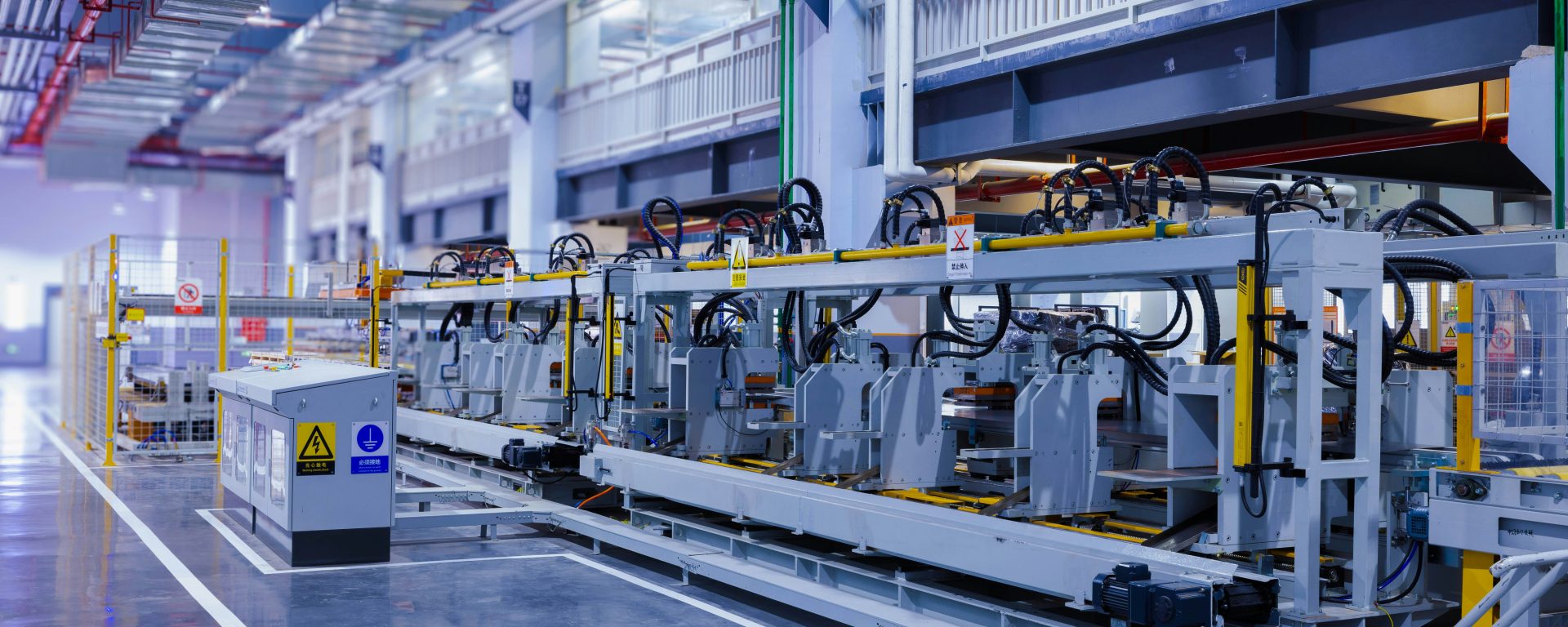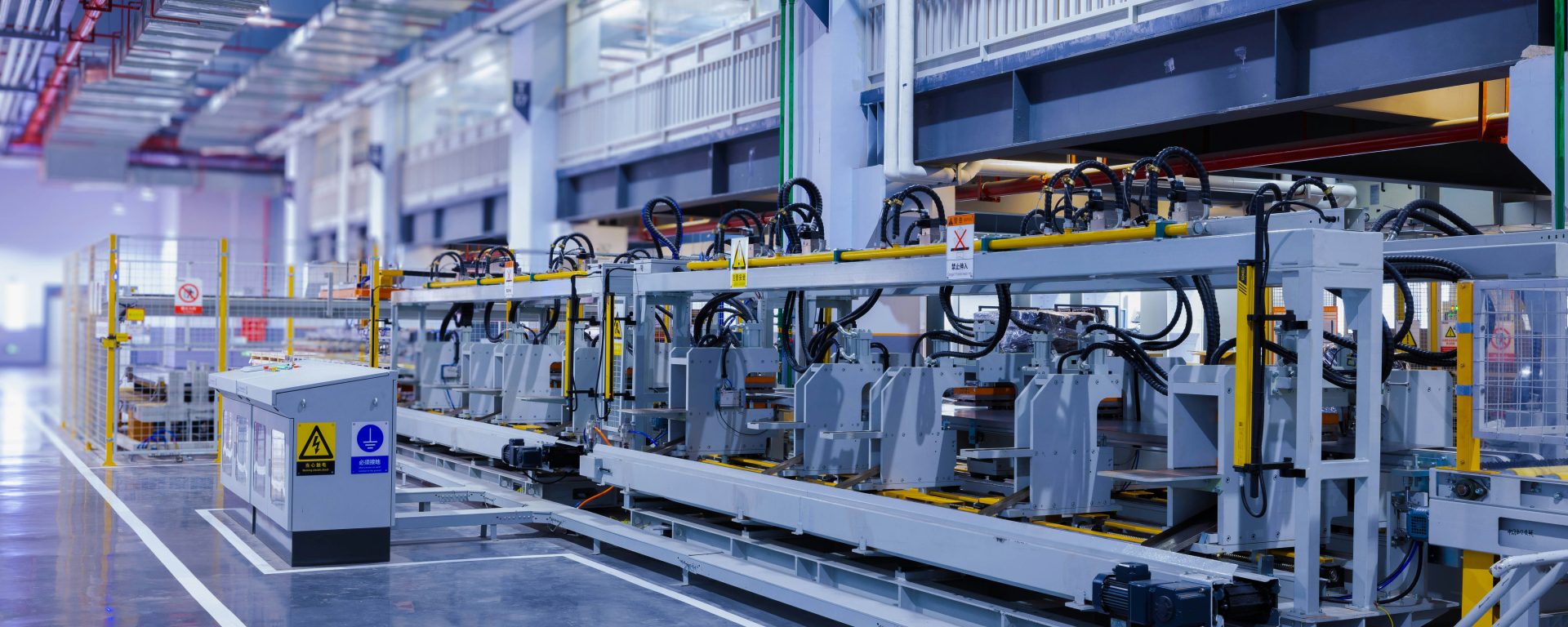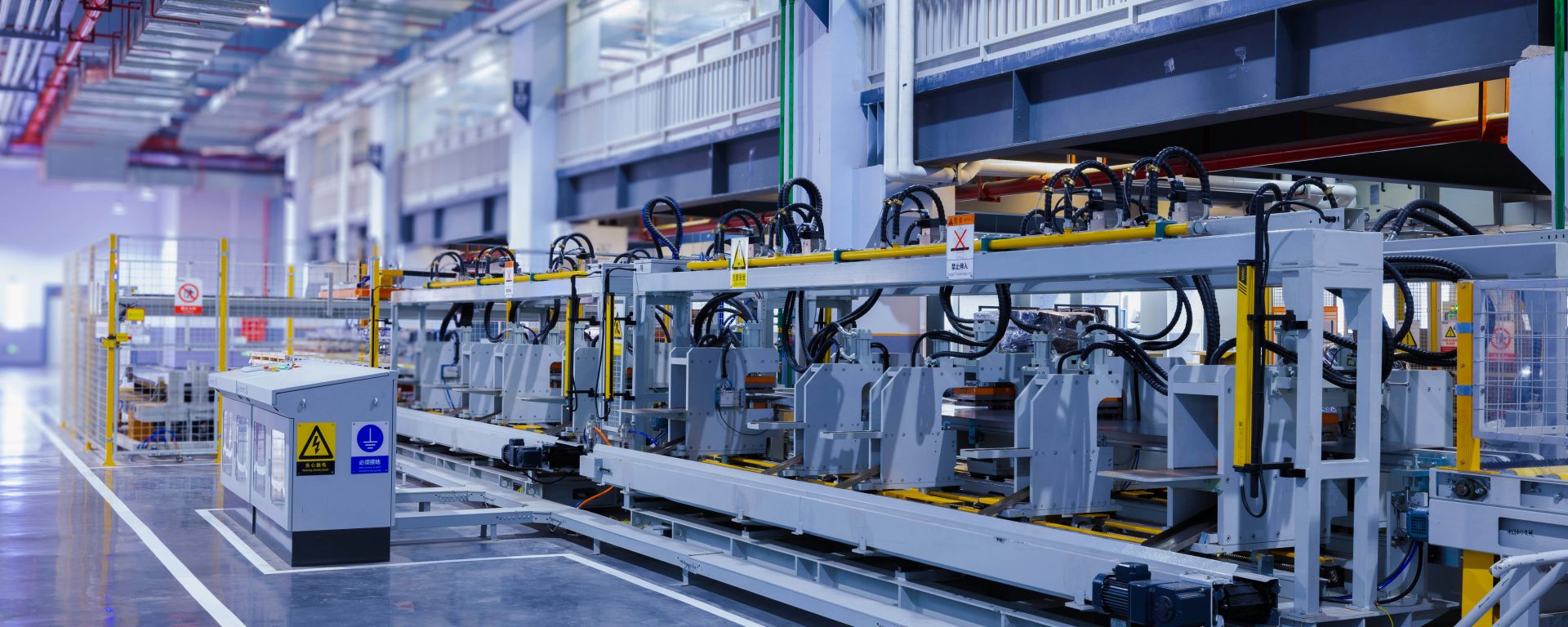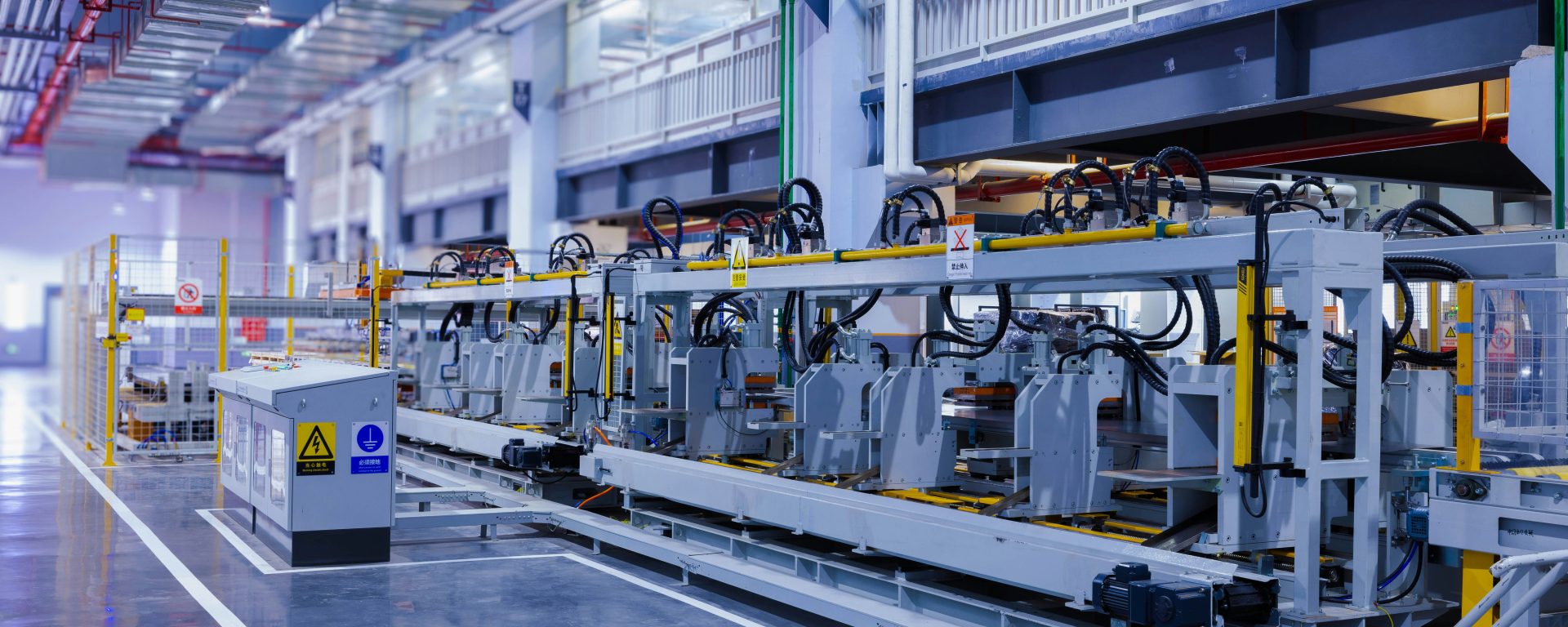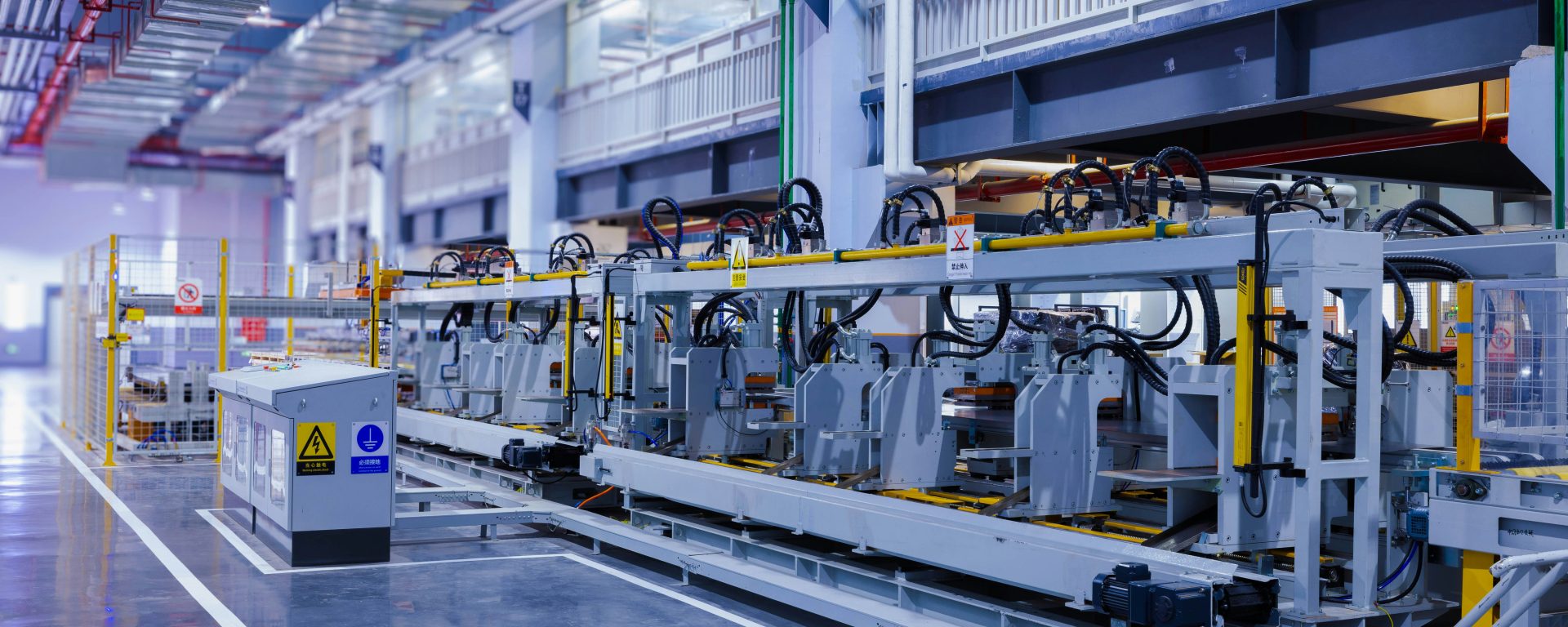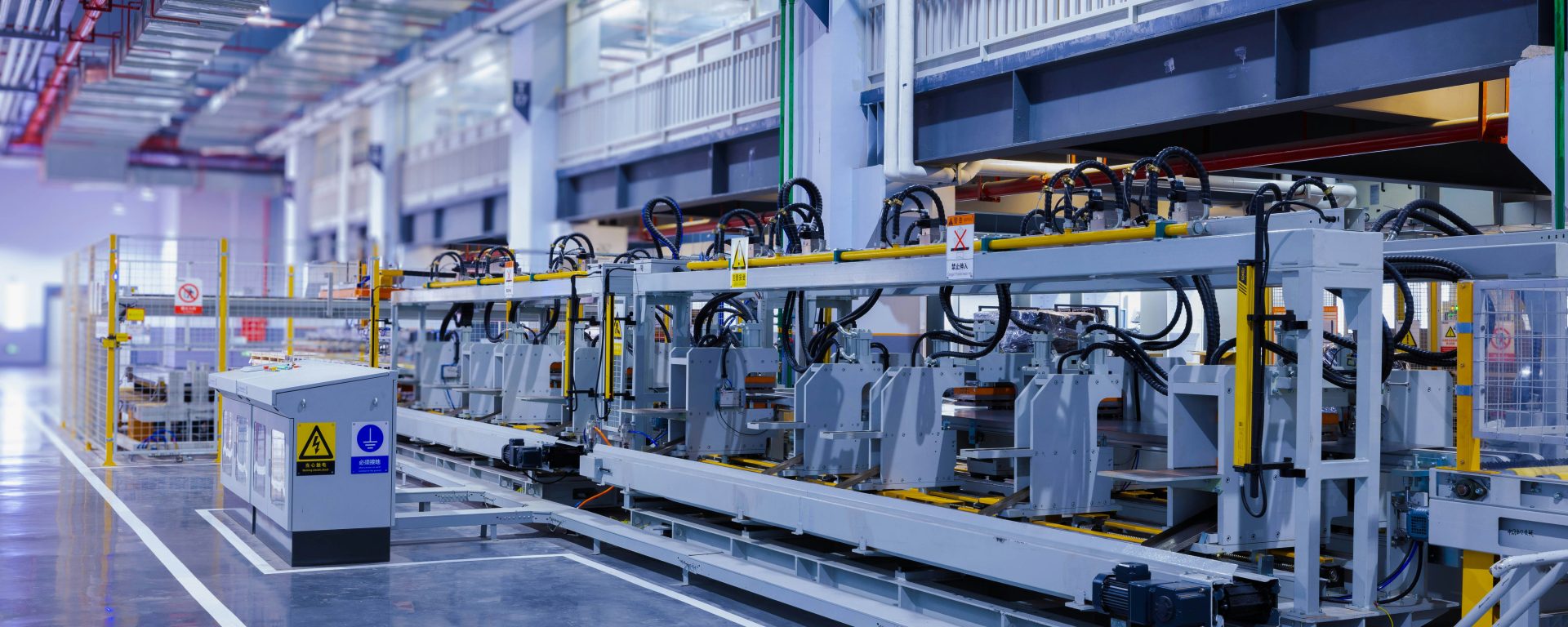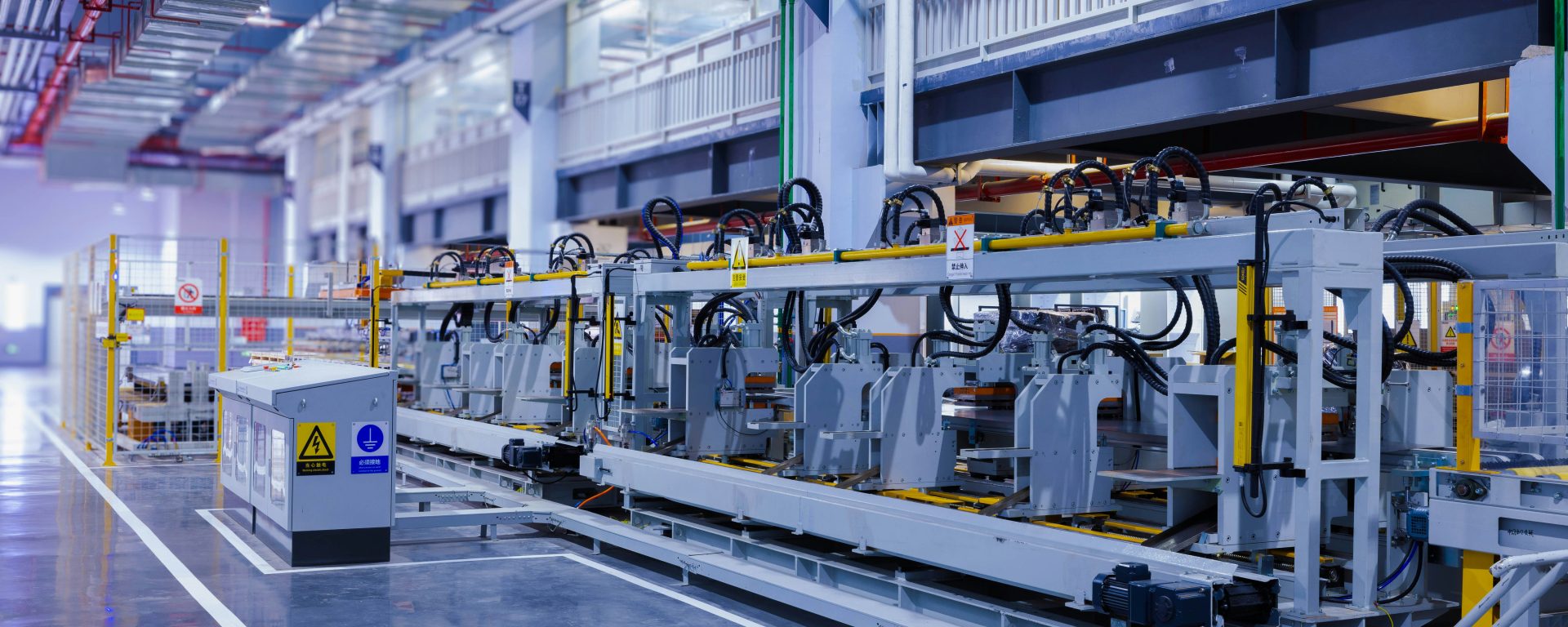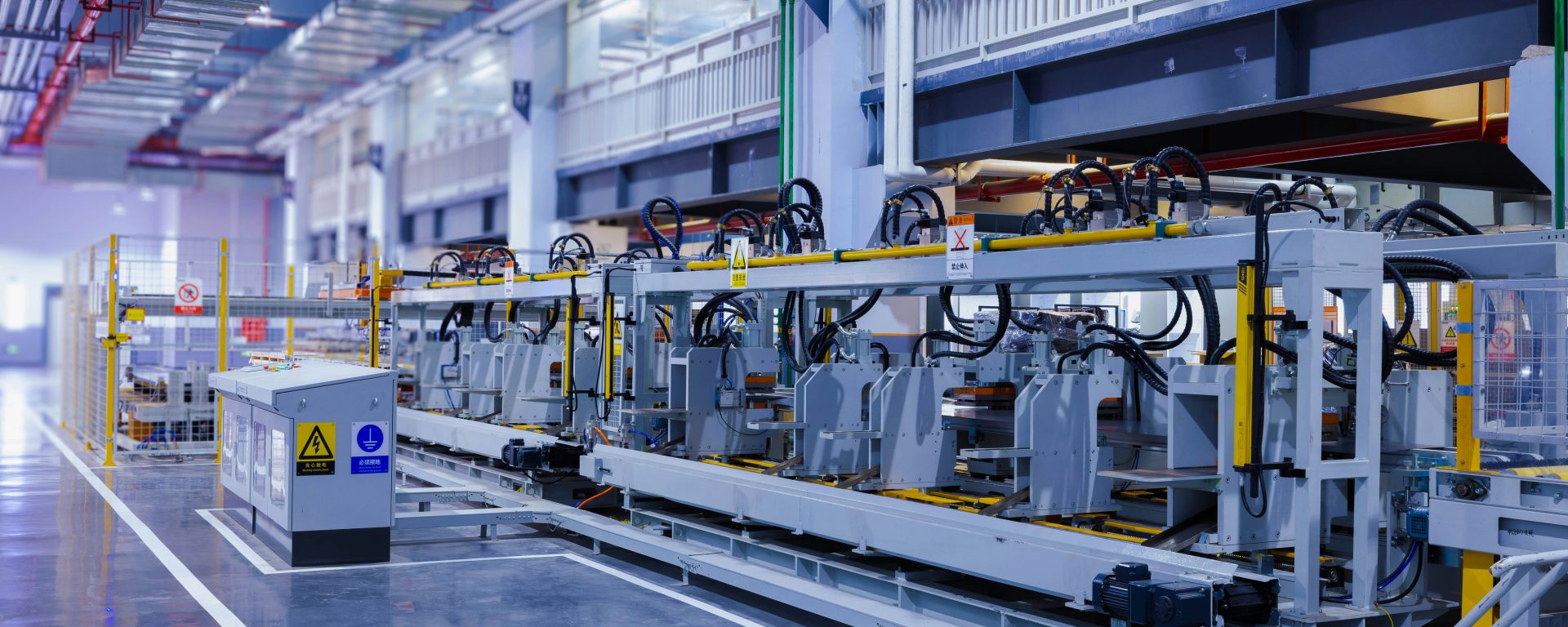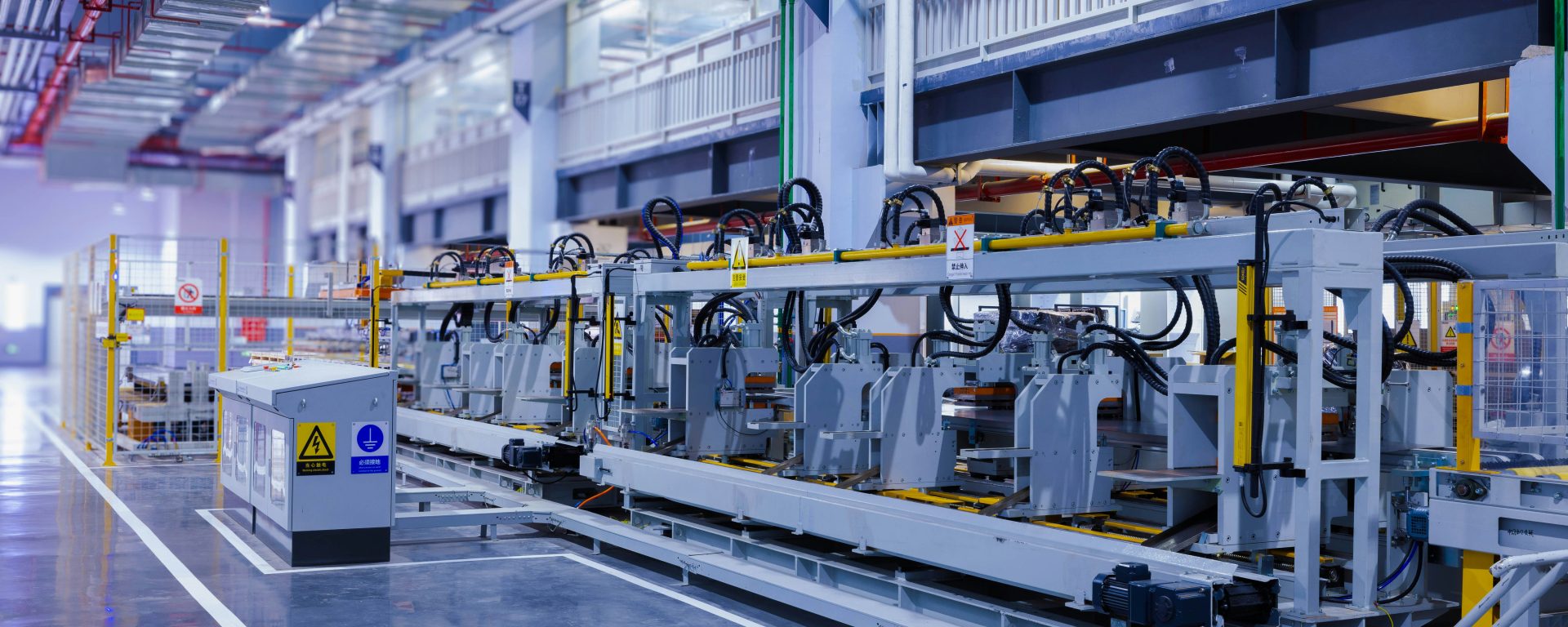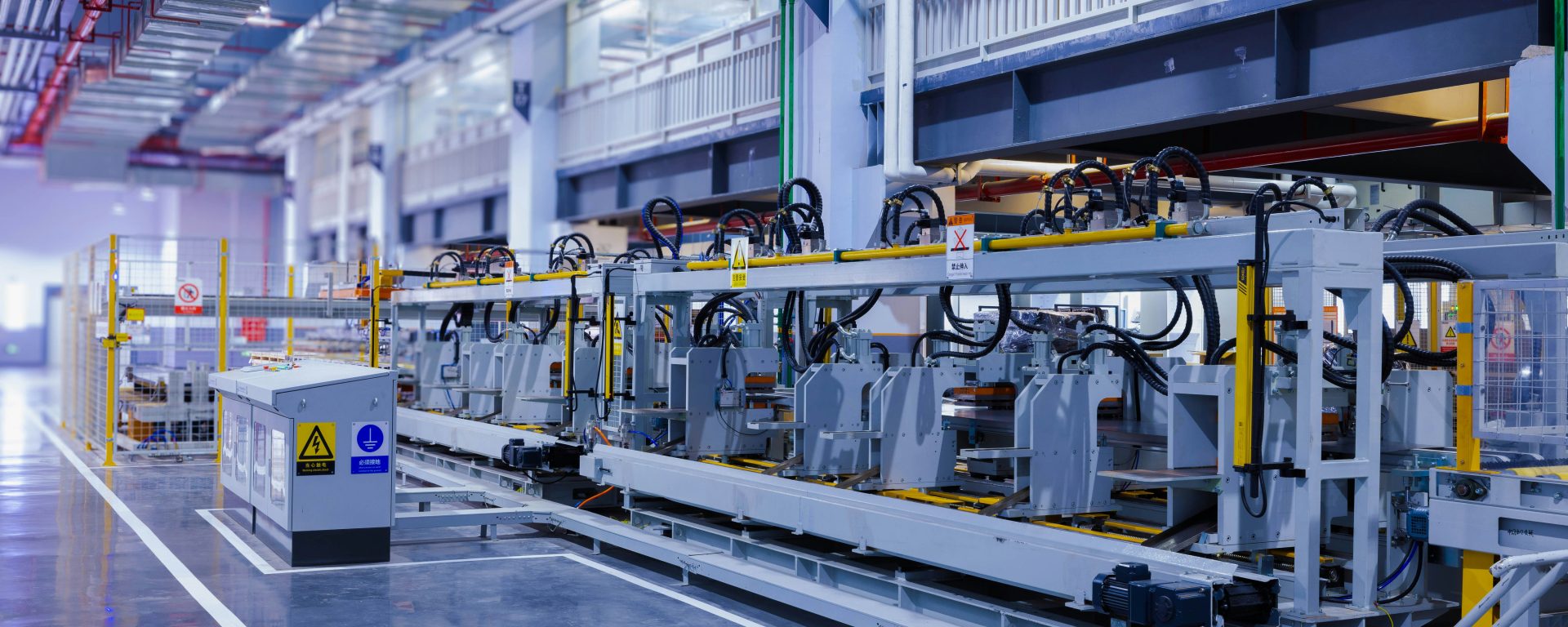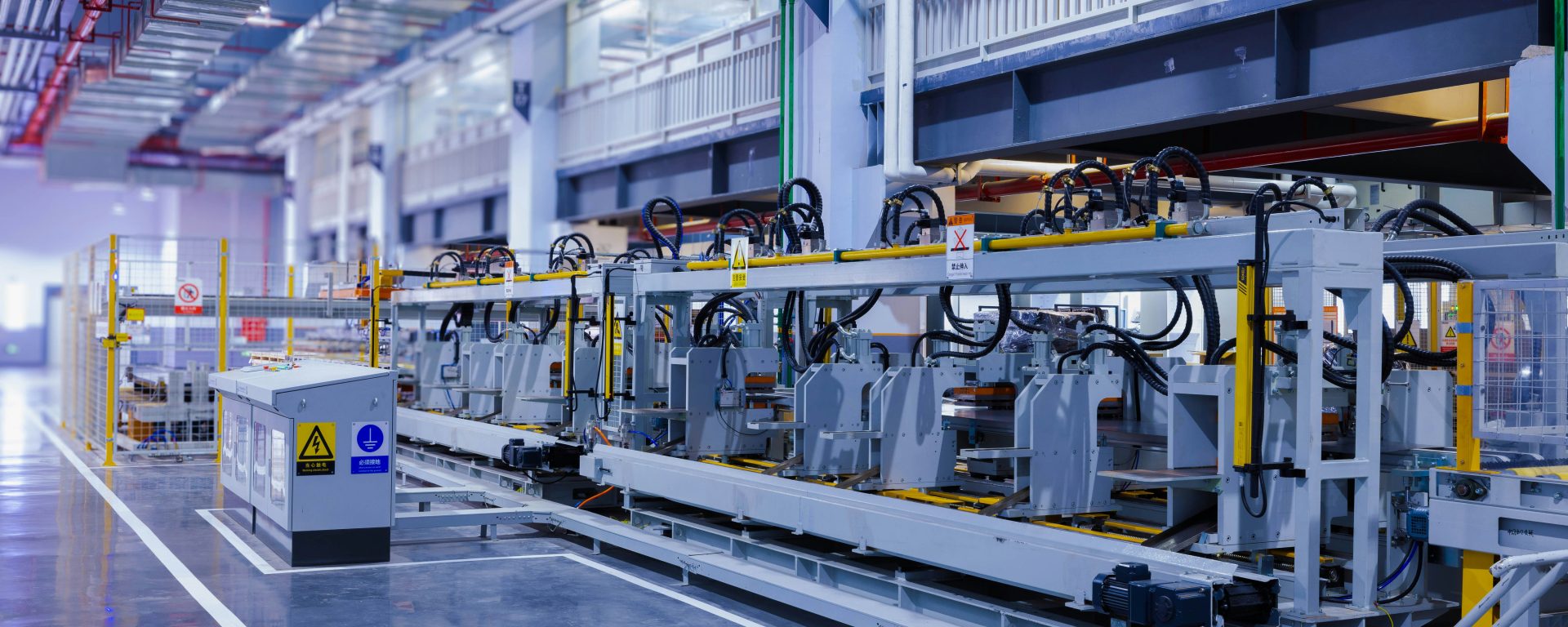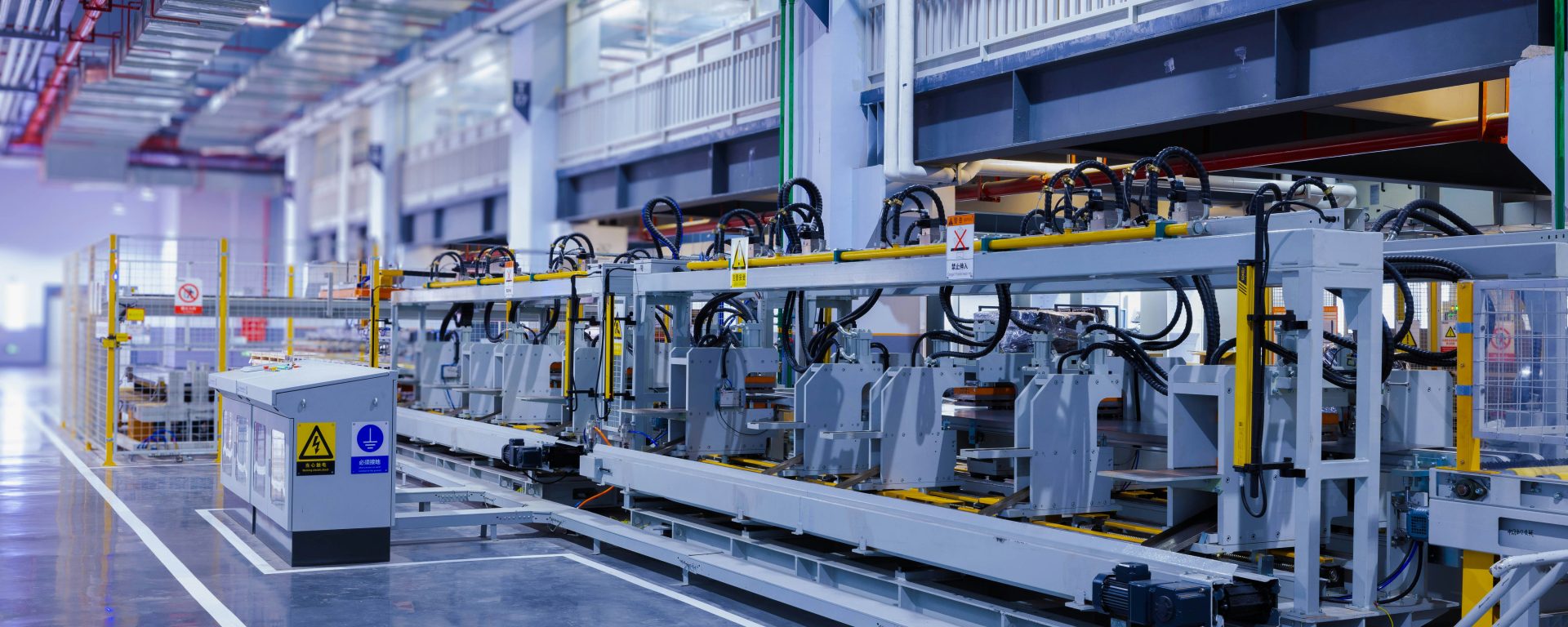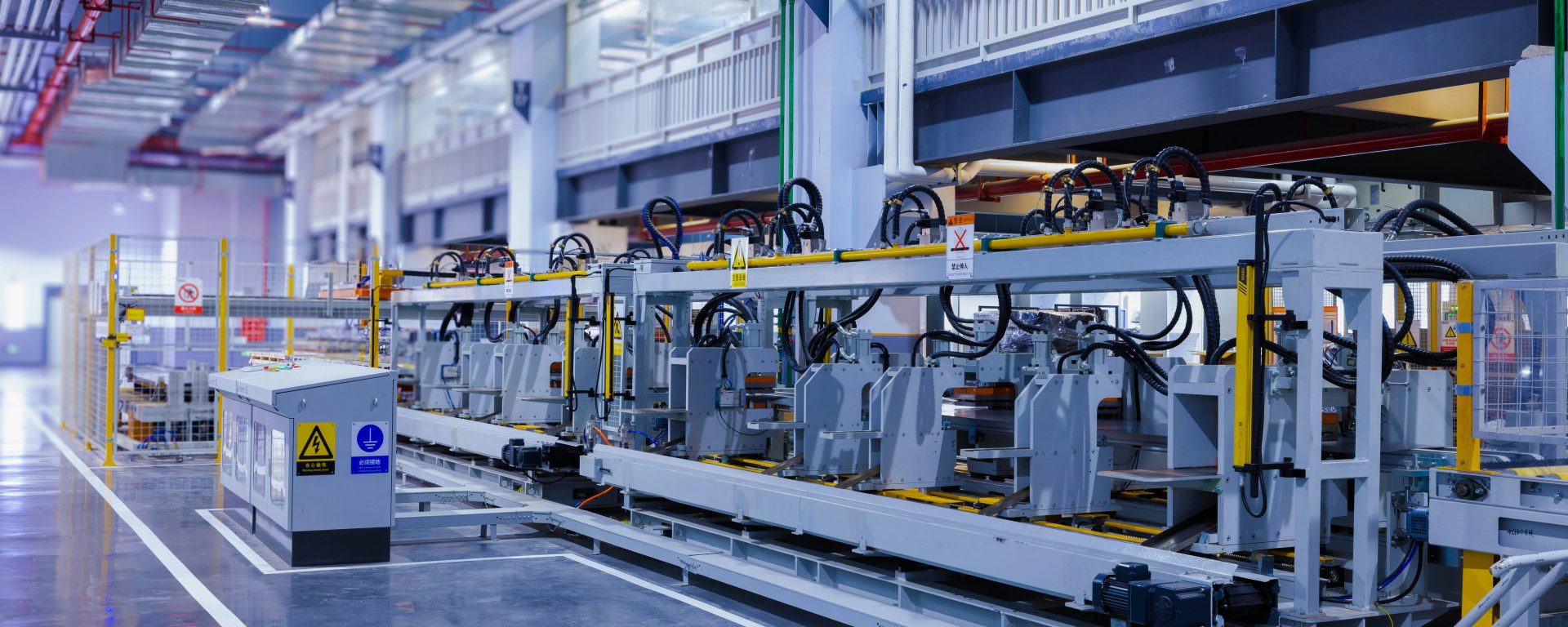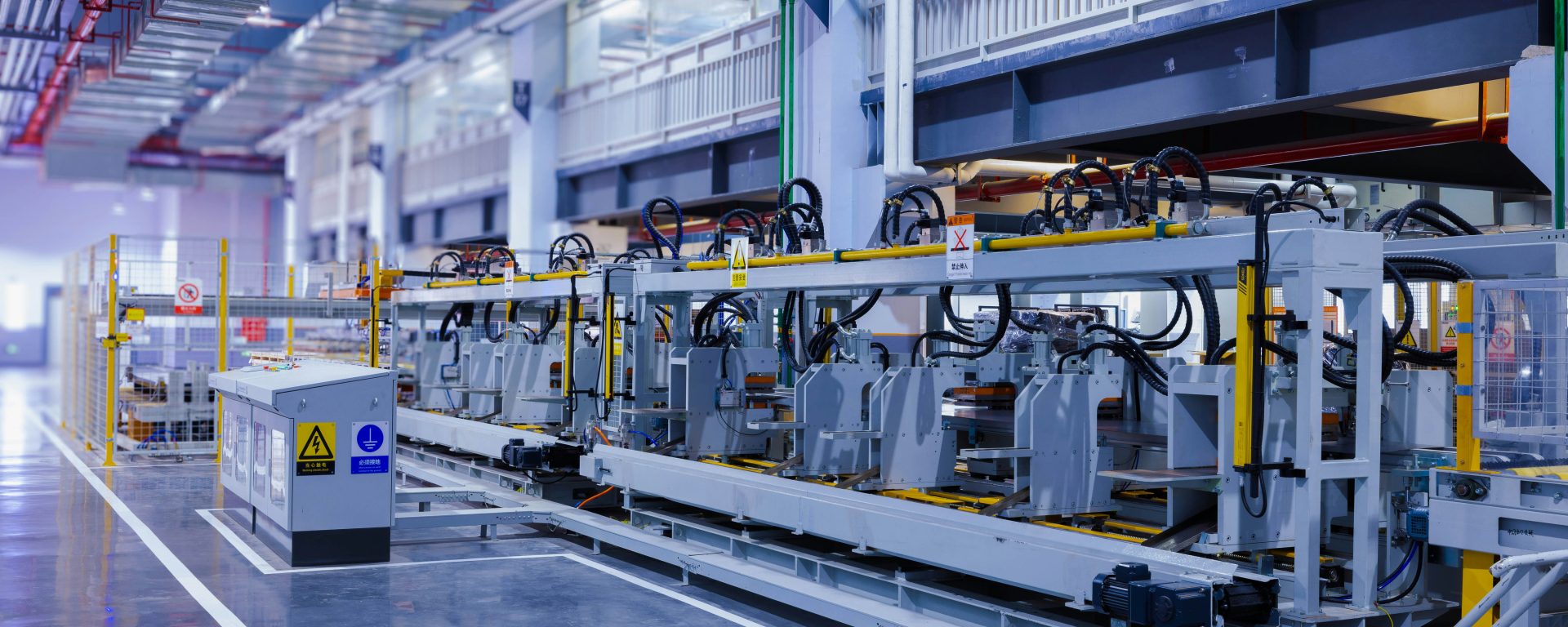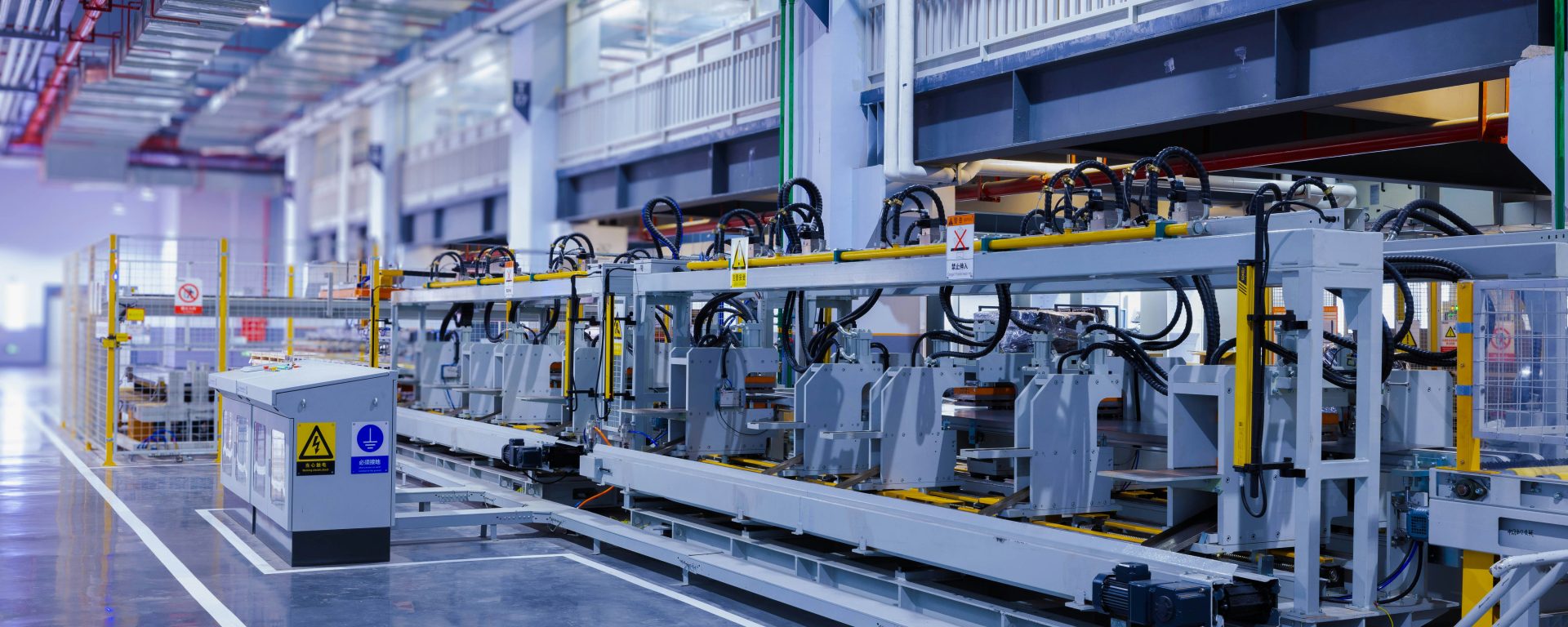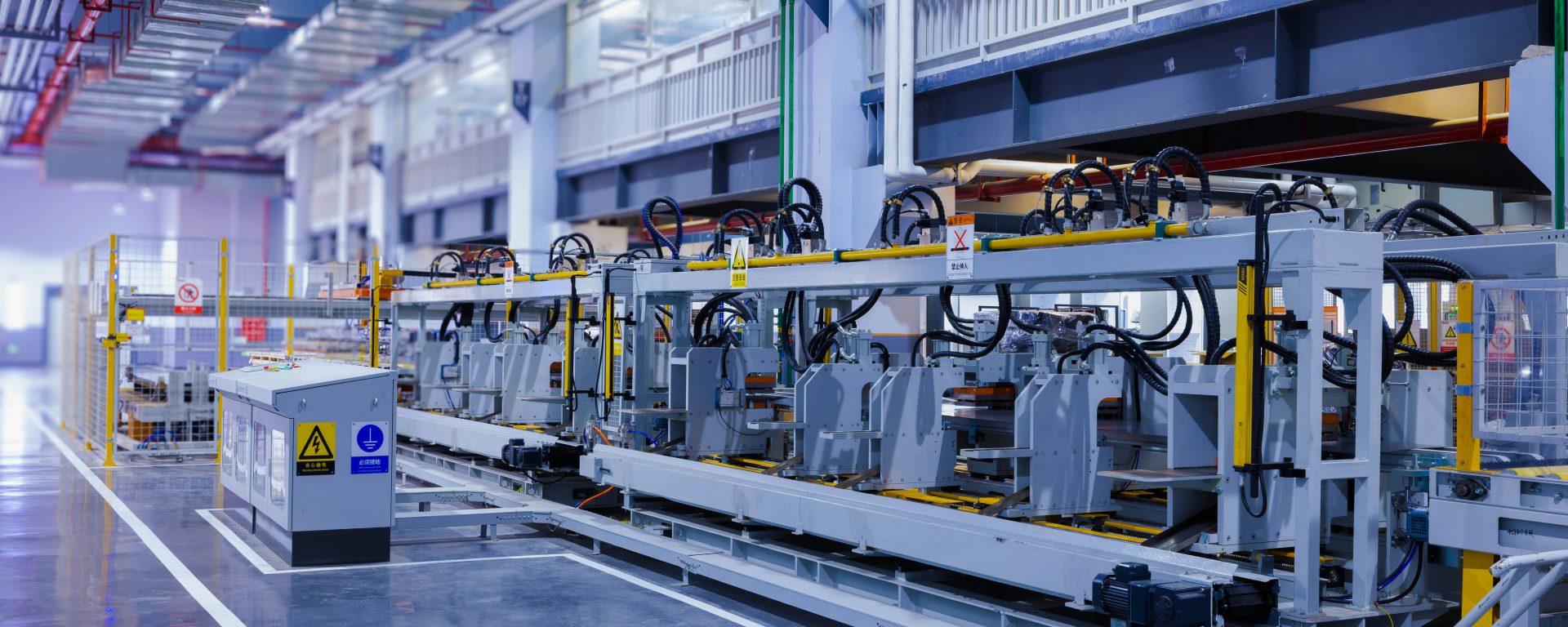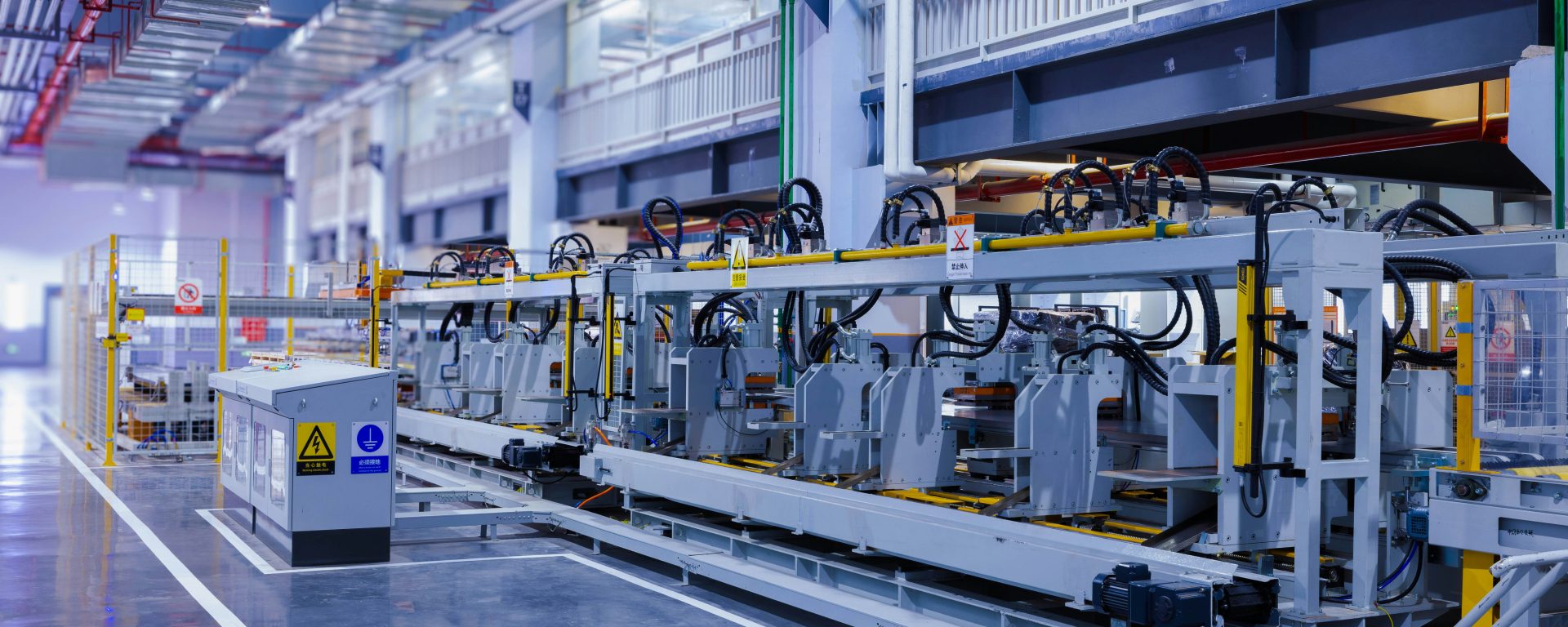Cutting-Edge Technology Equipment Factories Manufacturing Insurance: Complete Guide
The landscape of manufacturing has transformed dramatically over the past decade, with cutting-edge technology equipment factories leading the charge into Industry 4.0. These advanced facilities produce everything from semiconductor components and precision robotics to aerospace equipment and medical devices, utilizing sophisticated machinery, artificial intelligence, and interconnected digital systems. However, with technological advancement comes unprecedented risk exposure that traditional manufacturing insurance policies simply cannot adequately address.
Technology equipment factories face a unique constellation of risks that distinguish them from conventional manufacturing operations. The integration of IoT devices, automated production lines, advanced robotics, and cloud-based management systems creates vulnerabilities that extend far beyond the physical damage concerns of traditional factories. A single cyber attack, equipment malfunction, or supply chain disruption can halt production worth millions of pounds, while product defects in high-tech components can trigger liability claims that threaten the entire business.
This comprehensive guide explores the specialized insurance requirements for cutting-edge technology equipment factories, examining the critical coverage areas that protect these sophisticated operations from the full spectrum of modern manufacturing risks.
Property and Equipment Coverage for Advanced Manufacturing Facilities
Technology equipment factories house some of the most expensive and specialized machinery in the manufacturing sector. Clean rooms for semiconductor production can cost tens of millions of pounds to construct and equip, while precision CNC machines, 3D metal printers, and automated assembly systems represent substantial capital investments that require comprehensive protection.
Property insurance for cutting-edge facilities must extend beyond basic building and contents coverage to address the unique characteristics of high-tech manufacturing environments. This includes specialized coverage for clean room facilities, which require specific environmental controls and contamination protection. Even minor particulate contamination can render an entire production run worthless, making environmental control system failure a critical coverage consideration.
Advanced manufacturing equipment often depreciates differently than traditional machinery, with some technologies becoming obsolete rapidly while others maintain value through regular software updates and retrofitting. Insurance valuations must account for replacement cost rather than actual cash value, ensuring that a total loss allows for the purchase of equivalent current-generation technology rather than leaving the business with insufficient funds to maintain competitive capability.
Temperature-sensitive equipment, precision calibration tools, and prototype development systems require specific coverage endorsements that recognize their specialized nature. Many standard policies exclude or limit coverage for experimental or prototype equipment, yet these items often represent the most valuable assets in a technology manufacturing facility. Ensuring adequate coverage for research and development equipment protects the innovation pipeline that drives business growth.
Business Interruption and Supply Chain Protection
When a cutting-edge technology factory ceases production, the financial impact extends far beyond the immediate loss of manufacturing output. These facilities often operate on tight production schedules with just-in-time inventory management, serving clients who depend on precise delivery timing for their own production processes. A single day of downtime can trigger penalty clauses, lost contracts, and reputational damage that persists long after operations resume.
Business interruption insurance for technology manufacturers must account for extended restoration periods that reflect the complexity of modern manufacturing systems. Unlike traditional factories where machinery can be quickly replaced and production resumed, high-tech facilities may require months to recalibrate precision equipment, validate clean room environments, and restore complex automated systems to full operational capability.
The interdependency of modern supply chains creates additional vulnerability that contingent business interruption coverage addresses. Technology equipment factories typically rely on specialized component suppliers, many of whom are sole-source providers of critical materials. If a key supplier experiences a disruption, the downstream impact on production can be devastating. Contingent business interruption coverage protects against income loss resulting from supplier failures, providing financial stability during extended supply chain disruptions.
Extra expense coverage becomes particularly important for technology manufacturers committed to maintaining customer relationships during disruptions. The cost of sourcing alternative production capacity, expediting replacement equipment delivery, or implementing temporary workarounds can be substantial. Adequate extra expense limits ensure that the business can take necessary steps to minimize customer impact and preserve market position during recovery periods.
Cyber Liability and Technology Risk Coverage
The integration of digital systems throughout modern manufacturing operations creates cyber vulnerabilities that pose existential threats to technology equipment factories. Production systems connected to enterprise networks, cloud-based inventory management, IoT sensors monitoring equipment performance, and automated quality control systems all represent potential entry points for cyber criminals or vectors for system failures.
Cyber insurance for manufacturing operations must address both first-party losses and third-party liability exposures. First-party coverage protects the business from direct financial impact including business interruption from ransomware attacks, costs of data restoration, expenses related to forensic investigation, and notification costs if customer or employee data is compromised. For factories producing equipment that contains embedded software or connects to customer networks, the potential for third-party liability claims adds another critical coverage dimension.
The convergence of operational technology and information technology in modern factories creates unique cyber risk scenarios. A cyber attack that compromises production control systems can cause physical damage to equipment, produce defective products, or create safety hazards for workers. Traditional cyber policies may not adequately address these operational technology risks, making it essential to secure coverage that specifically contemplates the manufacturing environment.
Intellectual property theft represents a particularly severe cyber risk for technology manufacturers. Design files, proprietary manufacturing processes, and research data constitute the competitive advantage that distinguishes successful technology companies. Cyber policies should include coverage for the business impact of intellectual property theft, including loss of competitive position and costs associated with developing alternative proprietary processes.
Product Liability and Recall Coverage
Technology equipment manufacturers face substantial product liability exposure, particularly when producing components that integrate into safety-critical systems or medical devices. A defective sensor in automotive safety equipment, a flawed component in medical imaging devices, or a compromised circuit board in aerospace applications can trigger liability claims worth millions of pounds while simultaneously requiring extensive product recalls.
Product liability insurance for technology manufacturers must provide limits commensurate with the potential severity of claims. Unlike consumer products where individual claim values may be limited, defective technology components can cause catastrophic failures with massive financial consequences. Adequate liability limits, often in the tens of millions of pounds, protect the business from claims that could otherwise result in bankruptcy.
Product recall coverage addresses the substantial costs associated with retrieving and replacing defective products. For technology components integrated into other manufacturers' products, recall costs can escalate rapidly as downstream customers must halt their own production, disassemble products, replace components, and manage their own customer communications. Recall coverage should include costs of customer notification, product retrieval, replacement or repair, and business interruption losses during the recall period.
The extended liability tail for technology products requires careful attention to policy structure. Components manufactured today may remain in service for decades, with potential defects manifesting years after production. Claims-made policies require ongoing tail coverage or conversion to occurrence-based policies to ensure long-term protection. Understanding the distinction between these policy structures prevents coverage gaps that could leave the business exposed to future claims.
Professional Indemnity and Design Liability
Many cutting-edge technology equipment factories provide not just manufacturing services but also design, engineering, and consulting expertise to their clients. This professional service component introduces liability exposures that extend beyond product defects to encompass design errors, specification failures, and professional advice that proves inadequate or incorrect.
Professional indemnity insurance protects against claims alleging that professional services provided were negligent, contained errors, or failed to meet the required standard of care. For technology manufacturers, this might include claims that product designs failed to meet specifications, that engineering calculations were incorrect, or that advice provided regarding product integration proved faulty.
The distinction between product liability and professional indemnity can be subtle but critical. Product liability typically addresses physical defects in manufactured items, while professional indemnity covers economic losses resulting from inadequate professional services. A component that fails due to a manufacturing defect triggers product liability coverage, while a component that performs as manufactured but fails to meet the client's needs due to design errors falls under professional indemnity. Comprehensive protection requires both coverage types.
Design liability coverage becomes particularly important for manufacturers producing custom or bespoke technology equipment. When a factory designs and manufactures equipment to client specifications, the boundary between manufacturing and professional services blurs. Ensuring that both product liability and professional indemnity policies respond appropriately to various claim scenarios prevents disputes over coverage that could leave the business unprotected.
Environmental Liability and Regulatory Compliance
Technology equipment manufacturing often involves processes and materials that create environmental liability exposures. Semiconductor fabrication uses hazardous chemicals, electronics manufacturing involves heavy metals and solvents, and advanced materials production may generate toxic waste streams. Environmental liability insurance protects against the substantial costs of pollution incidents, regulatory enforcement actions, and cleanup obligations.
Environmental coverage for technology manufacturers must address both sudden and gradual pollution events. A chemical spill during production represents an acute incident with immediate impact, while slow leakage from underground storage tanks or gradual soil contamination from waste disposal practices may go undetected for years. Comprehensive environmental liability policies cover both scenarios, protecting against cleanup costs, third-party claims, and regulatory penalties.
The regulatory environment surrounding technology manufacturing continues to evolve, with increasing scrutiny of chemical usage, waste disposal practices, and environmental impact. Coverage for regulatory defense costs and penalties protects the business from the financial burden of compliance disputes and enforcement actions. As environmental regulations become more stringent, particularly regarding emerging contaminants and electronic waste, this coverage dimension grows increasingly important.
Transportation of hazardous materials to and from the facility creates additional environmental liability exposure. Many technology manufacturing processes require specialized chemicals or generate waste requiring careful disposal. Environmental liability coverage should extend to pollution incidents occurring during transit, protecting against claims arising from transportation accidents involving the facility's materials.
Employment Practices and Workforce Protection
Cutting-edge technology factories employ highly skilled workforces including engineers, technicians, and specialized operators who command premium compensation. Protecting these valuable human resources requires comprehensive employers liability coverage that addresses workplace injuries, occupational diseases, and employment-related claims.
While technology manufacturing generally presents lower physical injury risks than heavy industry, the sophisticated nature of the work creates unique exposures. Repetitive strain injuries from precision assembly work, exposure to chemicals or radiation in specialized processes, and stress-related conditions from high-pressure production environments all represent potential claims. Adequate employers liability limits protect against these diverse workplace injury scenarios.
Employment practices liability insurance addresses claims of discrimination, wrongful termination, harassment, and other employment-related disputes. Technology companies often face intense competition for skilled workers, leading to aggressive recruitment practices that can trigger claims from former employers. Additionally, the high-value nature of technology industry employment means that wrongful termination claims can involve substantial damages. EPLI coverage protects against these employment-related liability exposures.
Key person insurance represents an important consideration for technology manufacturers whose success depends on specific individuals with unique expertise. The loss of a chief engineer, production manager, or research director can significantly impact business operations and competitive position. Key person coverage provides financial resources to recruit and train replacements while maintaining business stability during the transition period.
Risk Management and Loss Prevention Strategies
Securing appropriate insurance coverage represents only one component of a comprehensive risk management strategy for technology equipment factories. Proactive loss prevention measures reduce claim frequency and severity while often qualifying the business for premium discounts and enhanced coverage terms.
Implementing robust cybersecurity protocols protects against the increasingly sophisticated threats targeting manufacturing operations. This includes network segmentation to isolate production systems from enterprise networks, regular security audits and penetration testing, employee training on phishing and social engineering threats, and incident response planning that enables rapid containment of breaches. Insurers increasingly require evidence of strong cybersecurity practices as a condition of coverage, making these measures both operationally prudent and insurance-necessary.
Preventive maintenance programs for advanced manufacturing equipment reduce breakdown frequency and extend equipment lifespan. Regular calibration, software updates, and component replacement prevent catastrophic failures that trigger business interruption claims. Documenting maintenance activities provides evidence of proper equipment care that can support insurance claims and potentially reduce premiums.
Quality control systems that detect defects before products leave the facility dramatically reduce product liability and recall exposure. Automated inspection systems, statistical process control, and rigorous testing protocols catch problems early when correction costs are minimal. The investment in quality systems pays dividends through reduced claims and enhanced reputation.
Supply chain diversification reduces dependence on single-source suppliers whose failure could halt production. While specialization often necessitates reliance on specific suppliers, identifying alternative sources for critical components and maintaining strategic inventory buffers provides resilience against supply chain disruptions. This operational strategy complements contingent business interruption coverage by reducing the likelihood of claims.
Selecting the Right Insurance Program
The complexity and diversity of risks facing cutting-edge technology equipment factories necessitates a carefully structured insurance program that addresses all exposure areas without gaps or unnecessary overlaps. Working with insurance professionals who understand technology manufacturing risks ensures appropriate coverage selection and policy structure.
A comprehensive insurance program for technology manufacturers typically includes property coverage for buildings and equipment, business interruption insurance with extended restoration periods, cyber liability coverage addressing both first and third-party exposures, product liability insurance with adequate limits, professional indemnity coverage for design and engineering services, environmental liability protection, and employers liability coverage. Additional specialized coverages may include equipment breakdown insurance, inland marine coverage for goods in transit, and crime insurance protecting against employee dishonesty and theft.
Policy limits should reflect the scale of potential losses rather than simply matching competitor coverage or industry averages. A catastrophic product failure or major cyber incident can generate claims far exceeding typical industry loss experience. Conducting thorough risk assessments that model worst-case scenarios provides the foundation for appropriate limit selection.
The choice between standalone policies and package programs depends on the specific risk profile and coverage needs. Package policies offering multiple coverage types in a single contract often provide cost efficiencies and simplified administration, but may include sublimits or exclusions that prove inadequate for specific exposures. Comparing package and standalone options ensures optimal coverage structure.
Regular policy reviews ensure that coverage keeps pace with business evolution. As technology manufacturers expand production capacity, enter new markets, or develop innovative products, insurance needs change. Annual reviews with insurance advisors identify coverage gaps and adjustment opportunities before losses occur.
Insurance Cost Factors and Premium Management
Insurance premiums for cutting-edge technology equipment factories vary substantially based on numerous factors including facility size, production volume, equipment values, loss history, risk management practices, and coverage limits selected. Understanding the factors that influence premium costs enables manufacturers to make informed decisions about coverage structure and identify opportunities for cost management.
The value and sophistication of manufacturing equipment represents a primary premium driver. Facilities housing tens of millions of pounds in advanced machinery naturally face higher property insurance premiums than those with more modest equipment investments. However, demonstrating strong equipment maintenance practices, fire protection systems, and security measures can mitigate premium increases by reducing perceived risk.
Claims history significantly impacts premium costs, with manufacturers maintaining clean loss records typically qualifying for substantial discounts. Conversely, frequent claims or severe losses trigger premium increases and may result in coverage restrictions. Investing in loss prevention measures that reduce claim frequency provides long-term premium savings that often exceed the cost of risk management initiatives.
Deductible selection offers an important premium management tool. Higher deductibles reduce premiums by retaining more risk within the business, making this strategy appropriate for manufacturers with strong financial positions capable of absorbing moderate losses. Balancing deductible levels against premium savings requires careful analysis of loss potential and financial capacity.
Industry certifications and quality standards compliance can qualify manufacturers for premium discounts. ISO certifications, industry-specific quality standards, and recognized safety programs demonstrate commitment to risk management that insurers reward with favorable pricing. Pursuing relevant certifications provides operational benefits while potentially reducing insurance costs.
Claims Process and Documentation Requirements
Understanding the insurance claims process before losses occur enables technology equipment manufacturers to respond effectively when incidents happen, maximizing claim recovery and minimizing business disruption. Prompt notification, thorough documentation, and strategic claims management protect the business interests throughout the claims process.
Immediate notification to insurers following any incident that may trigger a claim is essential, even when the full extent of damage remains unclear. Most policies include specific notification timeframes, with delayed reporting potentially jeopardizing coverage. Establishing internal protocols that ensure rapid incident reporting to insurance providers protects claim rights and enables insurers to begin their investigation promptly.
Comprehensive documentation of losses significantly impacts claim outcomes. For property damage claims, this includes photographic evidence of damage, equipment serial numbers and purchase documentation, maintenance records demonstrating proper care, and detailed inventories of damaged items. Business interruption claims require financial records showing pre-loss revenue, documentation of ongoing expenses during the interruption period, and evidence of mitigation efforts undertaken to minimize losses.
Cyber incident claims involve particularly complex documentation requirements. Forensic investigation reports identifying the breach source and extent, logs of affected systems, documentation of notification costs and credit monitoring services provided to affected parties, and detailed accounting of business interruption losses all support claim recovery. Engaging specialized cyber forensic firms immediately following an incident ensures proper evidence preservation and documentation.
Product liability and recall claims require meticulous documentation of the defect, production records for affected items, customer notification communications, costs of product retrieval and replacement, and evidence of quality control procedures. Maintaining detailed production records and quality control documentation throughout normal operations provides the foundation for effective claims management when product issues arise.
Working cooperatively with insurance adjusters and claims professionals facilitates efficient claim resolution. Providing requested documentation promptly, responding to inquiries thoroughly, and maintaining open communication channels demonstrates good faith and professional claims management. When disputes arise regarding coverage or claim valuation, understanding policy terms and engaging appropriate professional assistance protects the business interests.
Emerging Risks and Future Insurance Considerations
The rapid pace of technological advancement in manufacturing creates evolving risk landscapes that require forward-thinking insurance strategies. Understanding emerging risks enables technology equipment manufacturers to anticipate coverage needs and ensure adequate protection as the industry continues to transform.
Artificial intelligence integration throughout manufacturing operations introduces novel liability exposures that existing insurance frameworks may not adequately address. AI-driven quality control systems that fail to detect defects, autonomous production systems that make incorrect operational decisions, or machine learning algorithms that produce biased outcomes all represent emerging liability scenarios. As AI becomes more prevalent in manufacturing, insurance products specifically addressing AI-related risks will become increasingly important.
Additive manufacturing and 3D printing technologies create unique product liability considerations. The ability to rapidly prototype and produce complex components accelerates innovation but also introduces questions about design validation, material consistency, and long-term product performance. Insurance coverage must evolve to address the specific characteristics of additively manufactured products and the liability exposures they create.
Sustainability and environmental, social, and governance considerations increasingly influence manufacturing operations and create new risk dimensions. Pressure to reduce carbon emissions, eliminate hazardous materials, and demonstrate supply chain responsibility creates both operational challenges and potential liability exposures. Insurance products addressing ESG-related risks, including coverage for greenwashing claims and sustainability certification failures, represent an emerging coverage category.
Quantum computing and advanced encryption technologies will transform both manufacturing capabilities and cybersecurity landscapes. While quantum computing promises revolutionary advances in design optimization and production planning, it also threatens current encryption standards, potentially exposing vast amounts of sensitive data. Preparing for the quantum computing era requires anticipating how these technologies will reshape risk profiles and insurance needs.
Geopolitical instability and supply chain nationalism create risks that extend beyond traditional business interruption scenarios. Trade restrictions, technology transfer limitations, and political tensions can disrupt supply chains and market access in ways that standard insurance policies may not adequately address. Political risk insurance and trade credit insurance become increasingly relevant as geopolitical factors influence manufacturing operations.
Conclusion: Comprehensive Protection for Advanced Manufacturing
Cutting-edge technology equipment factories operate at the intersection of innovation and complexity, creating sophisticated risk profiles that demand equally sophisticated insurance solutions. The substantial capital investments in advanced machinery, the integration of digital systems throughout operations, the production of high-value components for critical applications, and the rapid pace of technological change all contribute to a risk environment that differs fundamentally from traditional manufacturing.
Comprehensive insurance protection for technology manufacturers extends far beyond basic property and liability coverage to encompass cyber risks, product recall exposures, professional indemnity, environmental liability, and supply chain vulnerabilities. Each coverage component addresses specific aspects of the multifaceted risk landscape, working together to provide holistic protection that enables manufacturers to innovate with confidence.
The investment in appropriate insurance coverage represents not merely a cost of doing business but a strategic enabler of growth and innovation. Adequate protection allows technology manufacturers to pursue ambitious projects, serve demanding clients, and push technological boundaries without exposing the business to catastrophic financial losses. In an industry where a single incident can threaten business viability, comprehensive insurance provides essential stability and resilience.
As the manufacturing sector continues its digital transformation and technology equipment factories become increasingly sophisticated, insurance needs will continue to evolve. Maintaining ongoing dialogue with insurance professionals who understand technology manufacturing risks, regularly reviewing coverage adequacy, and staying informed about emerging risks and insurance solutions ensures that protection keeps pace with business evolution.
For cutting-edge technology equipment manufacturers, the question is not whether comprehensive insurance is necessary, but rather how to structure the optimal program that addresses all risk dimensions while managing costs effectively. By understanding the full spectrum of exposures, selecting appropriate coverage types and limits, implementing robust risk management practices, and working with knowledgeable insurance partners, technology manufacturers can secure the protection necessary to thrive in an increasingly complex and competitive global marketplace.
Protect Your Technology Manufacturing Operations
At Insure24, we specialize in comprehensive insurance solutions for cutting-edge technology equipment factories and advanced manufacturing operations. Our expertise in technology sector risks enables us to design insurance programs that address the unique exposures facing modern manufacturers, from sophisticated cyber threats to complex product liability scenarios.
Our team understands that every technology manufacturer faces a distinct risk profile based on their specific products, processes, and market position. We work closely with clients to assess their comprehensive risk landscape and structure insurance programs that provide robust protection without unnecessary coverage gaps or overlaps.
Contact Insure24 today at 0330 127 2333 or visit our website at www.insure24.co.uk to discuss your technology manufacturing insurance needs. Our specialists are ready to help you secure the comprehensive protection your advanced manufacturing operation requires.
Don't leave your substantial investment in cutting-edge technology and your business's future exposed to inadequate insurance coverage. Let Insure24 provide the specialized expertise and comprehensive protection that enables your technology manufacturing operation to innovate with confidence.


 0330 127 2333
0330 127 2333

